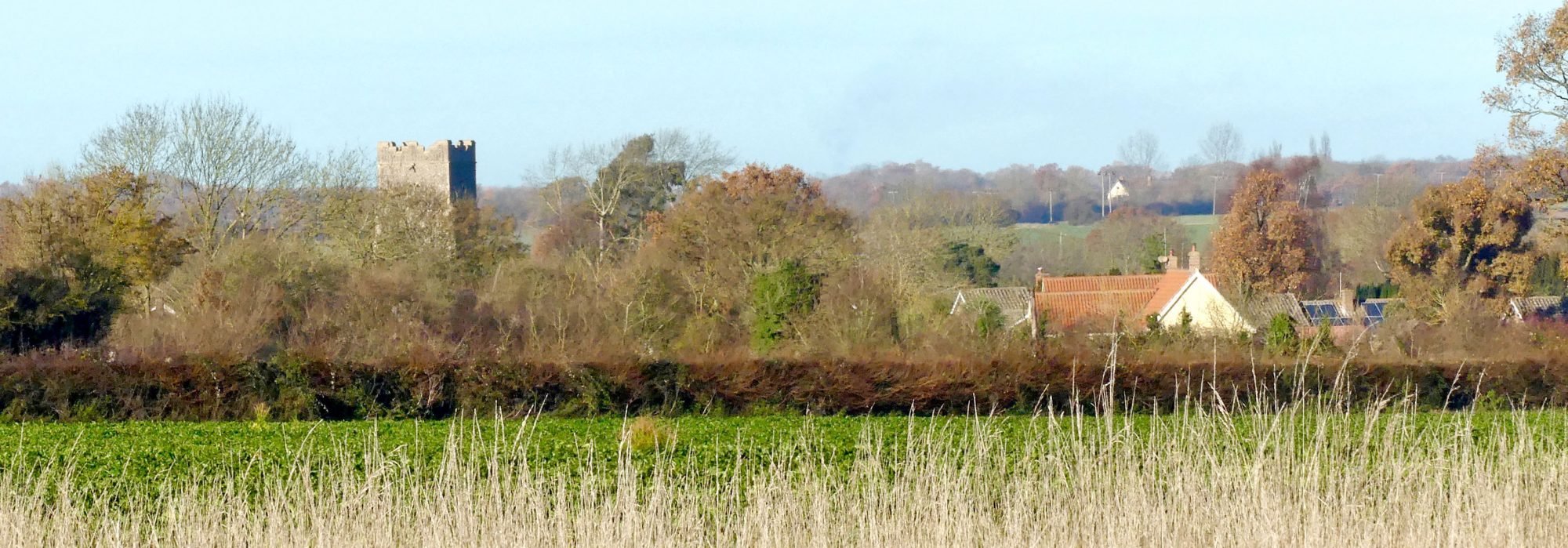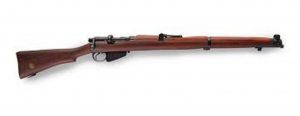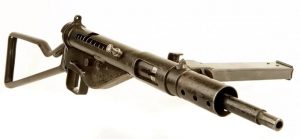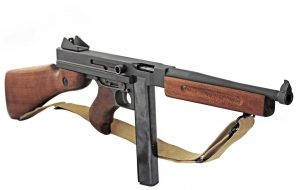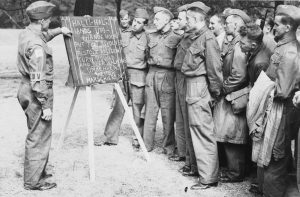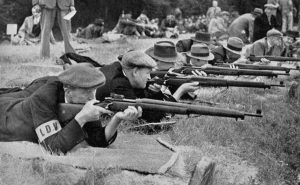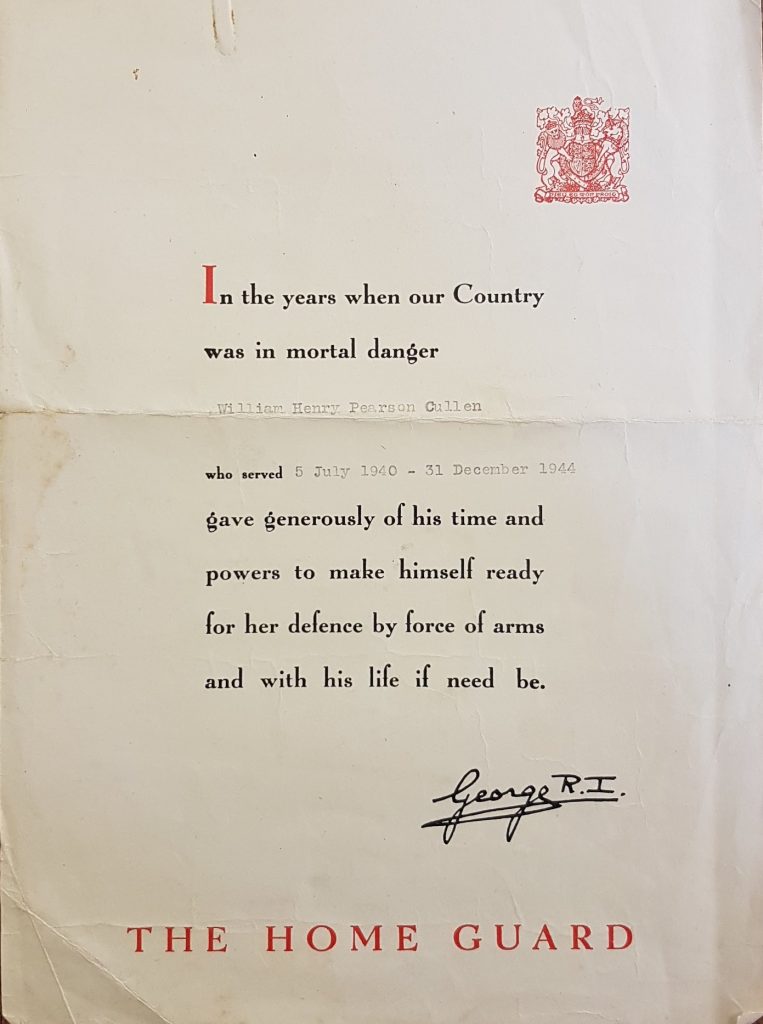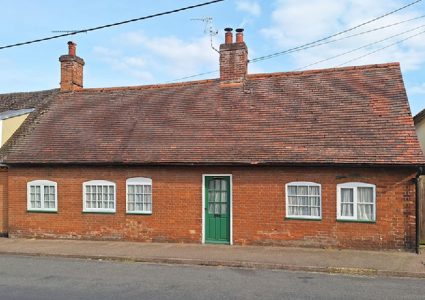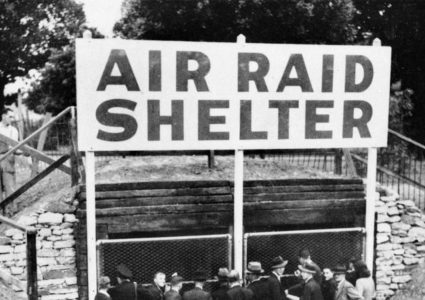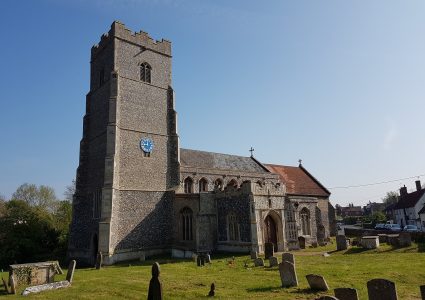After the fall of Dunkirk on the 5th June 1940, the German Blitzkrieg, turned south and swept across France. Less than 3 weeks later, on 22 June 1940 France surrendered. Great Britain then stood alone. The British Army had been decimated. Although over 300,000 men of the British Expeditionary Force escaped, there was enough “materiel” left behind on the beaches to equip 10 Divisions – 880 field guns, 500 anti-aircraft guns, 850 anti-tank guns, 11,000 machine guns, nearly 700 tanks, 20,000 motorcycles, 45,000 motor cars and lorries and many, many tons of ammunition. The British Army was in no condition to defend the British Isles from the inevitable German invasion.
On the evening of Tuesday 14 May 1940, Sir Anthony Eden, The Secretary of State for War made an urgent appeal on the radio to all men aged between 17 and 65. He wanted all men not already serving in the armed forces to become part-time soldiers. Within 24 hours of the radio broadcast a quarter of a million men had volunteered. By the end of July this number had risen to over a million.
These Local Defence Volunteers (LDV) came from all walks of life. There were those already in full time work: miners, farm workers, dockers, bus drivers, clerks and fishermen; those too young to join up, the elderly and the retired.
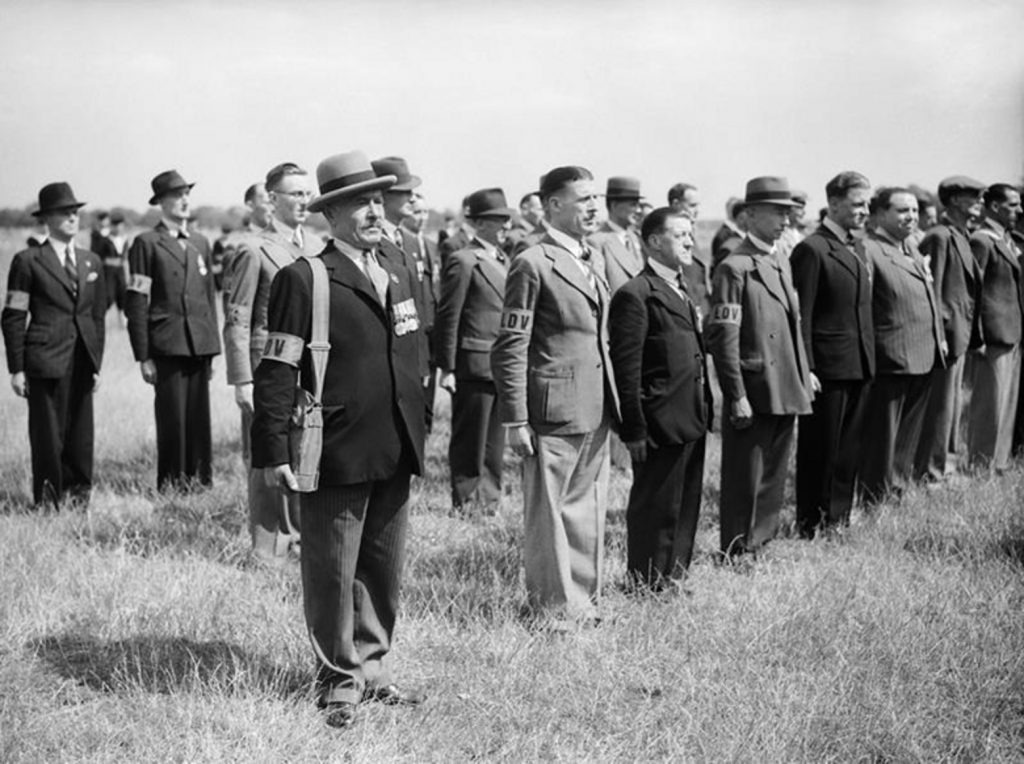
After Dunkirk, there were only sufficient weapons and ammunition left in Great Britain to equip two Regular Army Divisions and as a result, weapons and ammunition for the LDV were in very short supply. Only 40% of the men who joined the LDV were equipped with rifles. So the LDV had to improvise! Everything from pitch forks to old Boer war rifles was used. It was even suggested by a desperate Government that they be equipped with pikes, which were last used in medieval times! Fortunately, this proposal was never adopted. The message was simple – if you owned it and it could be used as an offensive weapon, then it was accepted.
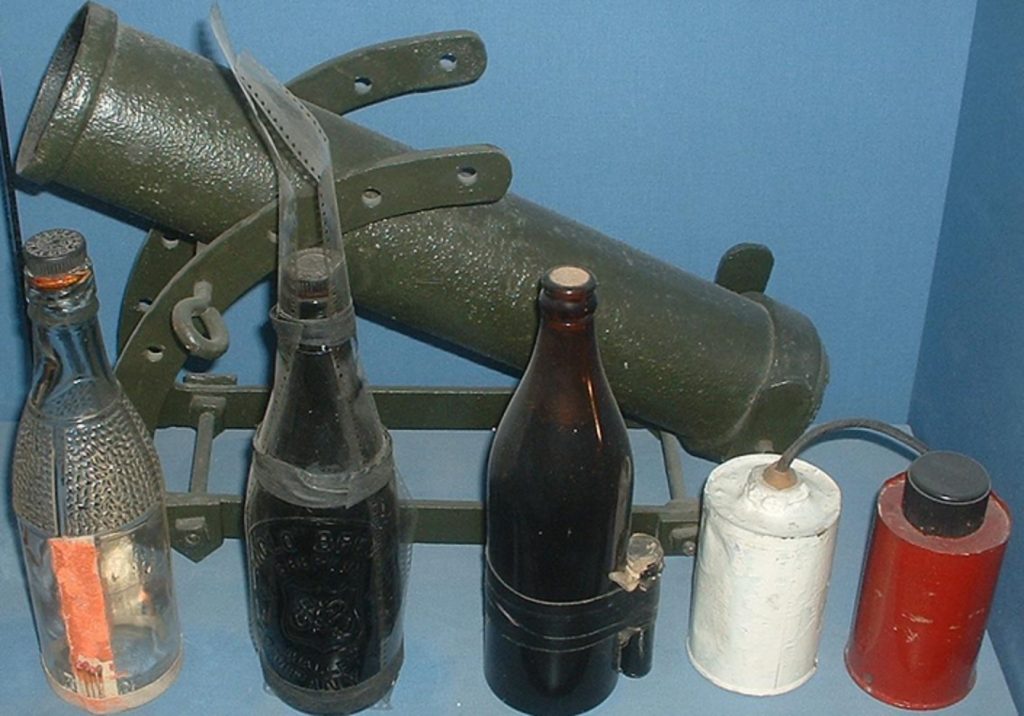
In the late summer of 1940, Winston Churchill gave a speech where he suggested the name of the LDV be changed to the Home Guard. It is though that this stirring speech played a major part in encouraging men to join the Home Guard and eventually, over 1.6 million men had joined up.
These volunteer amateur soldiers now needed to be trained into an efficient fighting unit. The responsibility for training rested entirely at local level although the War Office issued their official training pamphlet, “Home Guard Instructions”. Some Commands issued their own Home Guard pamphlets and there were also a large number of privately printed “pocket books “.
One such “pocket book” written by Major J Langdon called “The Home Guard Training Manual”, was officially sanctioned by the War Office with the purchase of one copy for every platoon. Brigadier Green also wrote a small “pocket book” training pamphlet which later became the definitive manual for every Home Guard volunteer.
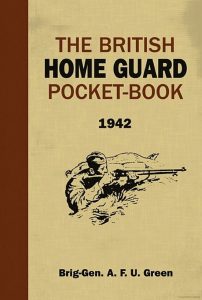
In the early days the L.D.V. relied to a great extent on those with previous military service; it was noted that such “old soldiers” were of the greatest value in passing on knowledge, but in a few cases they could be awkward, as, in thinking that they had done all this 20 years ago, they had nothing new to learn.
Training was at first undertaken on evening and weekend parades and this remained the primary way training was undertaken throughout the life of the Home Guard. On only one occasion were instructions received to cancel the normal weekend instructional parades of some of Suffolk’s Home Guard units, and that was during the peak of the invasion crises in September 1940, when it was considered Home Guard time would be better used in improving their defence posts. The essentials were gone through – elementary and rifle drill, musketry and bayonet practice, bomb throwing and gas drill. Questions and answers, lectures and simple games were used to test knowledge and illustrate various principles. Examples given in Home Guard instructions included blind folding a “sentry” while the rest of the platoon passed him singly; he had to report how many passed on the left and right. This drill was to train for night work. Message passing could be tested by passing a message in relay and introducing distractions. Tactical situations could be taught using blackboards showing an enemy defence position and asking how members of the platoon would handle a given strength of troops at their disposal. Commanders often had the problem of having to train men who had already gone through individual training and those who had not. It was vital to keep the two categories separate as nothing would be more demoralizing than putting a man through lessons he had already learnt.
The first units of the LDV were issued with the .303 Short Lee Enfield Rifle – standard issue to the British Army in WW1 and the early part of WW2. Later on, units of the Home Guard were equipped with The M1917 Enfield, the “American Enfield”, which was considered to be a superior weapon.
Rifle practice was often tricky as ammunition was in short supply at first; for example The 7th Battalion Suffolk Home Guard recorded in September 1940 that rifle firing practice was limited to five rounds per man and The Browning Light Automatic firing limited to 40 rounds per the two men detailed to operate it. The situation had not improved much by February 1941, with the Battalion noting that practice ammunition was almost impossible to obtain. As much practice as possible with a .22 had to be carried out as there was a plentiful supply of .22 ammunition. In addition, a small pool of .303 inch “small mark” ammunition was made available for issue to the Home Guard by the National Rifle Association and was distributed to affiliated clubs throughout the country, to which Home Guard units could apply for. When the Home Guard was first issued with Sten guns, there was only sufficient ammunition at first for 20 rounds per gun for zeroing and 50 rounds per gun for training.
Other Weaponry of the Home Guard
The Sten Gun was issued to the Home Guard but only with very limited amount of ammunition in the early days. It was a hastily contrived light automatic submachine gun which, in the early, desperate days of World War II, looked like a last ditch effort to arm British troops—and it was. They only took about 5 hours to produce and cost approximately £100 in today’s money whereas the “Rolls-Royce of sub-machine guns produced in the world at the time, the Thompson Sub-Machine gun cost over £2,000!
Although the Sten Gun was a very useful addition to the Home Guard arsenal, it wasn’t liked and descriptions of the Sten often were downright insulting including “The Woolworth Special,” “The Plumbers Delight” and “The Stench Gun.” You couldn’t blame the soldiers for calling it names. It looked like it had been assembled from bits and pieces found in a hardware shop. Early versions also had two annoying habits, jamming—a common occurrence due to the poor manufacturing process and firing uncontrollably in full auto when simply bumped or jostled. The Sten Gun was manufactured in both the U.K. and the U.S.A. and over 4 million were made during World War II. Firing more than 500 rounds per minute—sometimes more, depending on the version—designers chambered the Sten for the 9mm parabellum round, which was the most commonly used ammunition in Europe. The choice of bullet was inspired. Users of the Sten usually had no trouble obtaining ammunition for the gun wherever they used it, particularly if they raided German stocks!
The Thompson Sub-Machine gun started life as early as 1919 and was the brainchild of one General John Taliaferro Thompson. It was the gun of choice for the gangsters of the Prohibition era in the USA especially when it was fitted with the drum magazine of 50 rounds when it became known as the “Tommy Gun”. It was a very reliable and effective weapon and saw service right through World War II. The gun adopted by Britain was the 1928 model (M1928). It weighed 10 lbs and had a length of just less than 3 ft. It had a rate of fire of 650 rounds per minute. It was supplied with either a drum magazine which held 50 rounds or a box magazine which held 20 rounds.
The Home Guard Auxiliary Units were some of the first to see the Thompson sub-machine gun as GHQ prioritised supplying these units with the best equipment available. These so called “Home Guard Auxiliary Units” were actually guerrilla units which would have seen active service behind enemy lines had the Nazis invaded England. They were given this name by the War Office to disguise their real role.
However in the regular Home Guard, units did not start to receive Thompsons until 1941. A maximum of 43,017 were issued by April 1942 when they were then rapidly withdrawn and replaced by the Sten gun.
Due to the shortage of weapons, the Home Guard were issued with hastily improvised weaponry which included:
The “Blacker Bombard”
Also known as the Spigot Mortar, the Blacker Bombard was intended as an anti-tank weapon. Of extremely basic design, it was a 29mm dia. mortar designed by a Lieutenant Colonel Blacker that was intended to fire a 9kg high-explosive bomb approximately 90m. Unfortunately, due to its very low velocity it was unable to penetrate armour and then only effective at very close range. It would take very brave men to use it against a German Panzer! It also had a temperamental fuse which often resulted in the round simply bouncing off the target without detonating. However, if they did explode, the crew of the Bombard were at equal risk from the explosion as were the enemy! Despite this some 14,000 were ordered for issue to the troops defending in the Southern Command area alone.
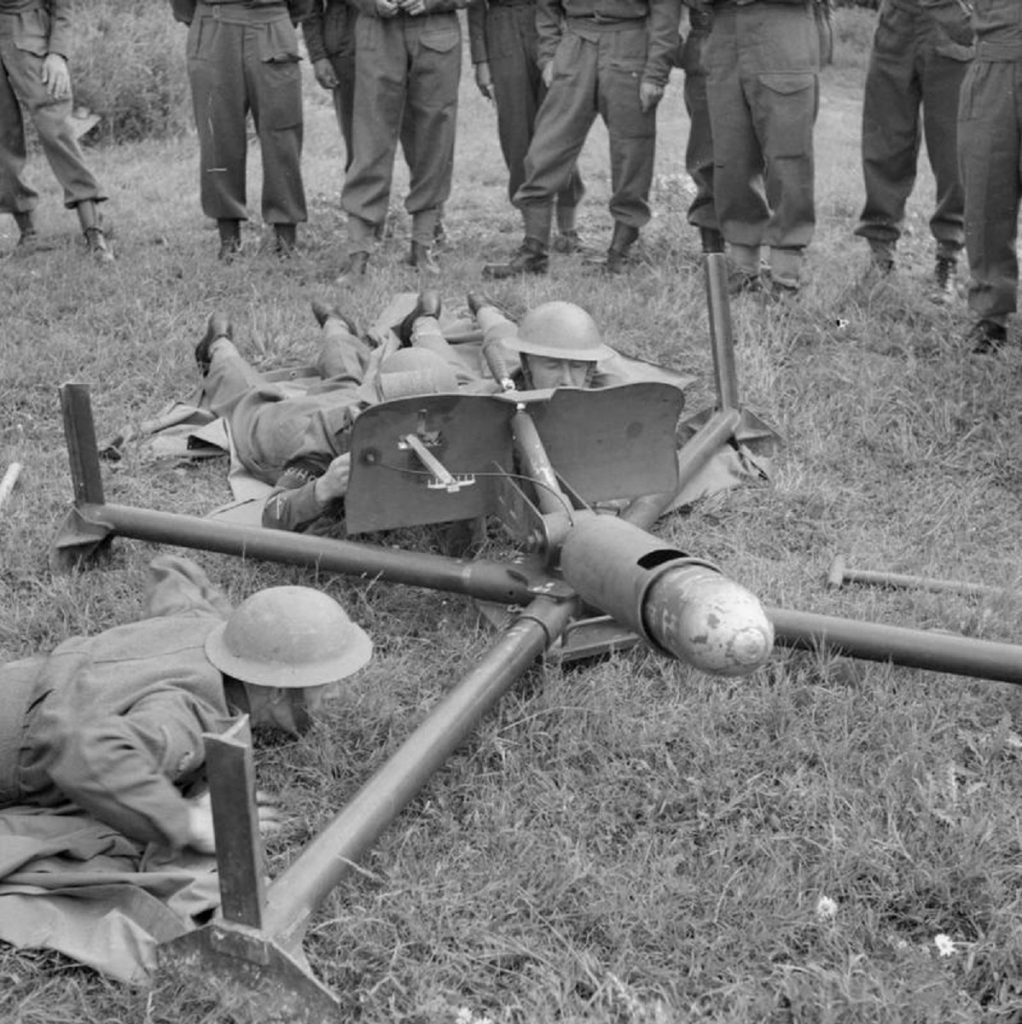
Men of the Saxmundham Home Guard prepare to fire a ‘Blacker Bombard’ during training, 30 July 1941.
The Smith Gun
The Smith Gun was invented by the Chief Engineer of the Trianco Engineering Company, also known as Triang, a company that usually made toys! It was developed in 1940 as a private venture by a retired Army officer, Major William H. Smith, MD and was brought into service with the Home Guard in 1941. Eventually, some 4,000 were in use. However, whilst the Blacker Bombard was potentially dangerous for its crews, the Smith Gun was downright dangerous! It was a smoothbore weapon which fired a 3-inch (7.62cm) shell and had a potential range of up to 275m. The intention was for it to be used as an anti-tank weapon but unfortunately, its ammunition had a tendency to detonate in the tube when fired injuring or killing its crews.
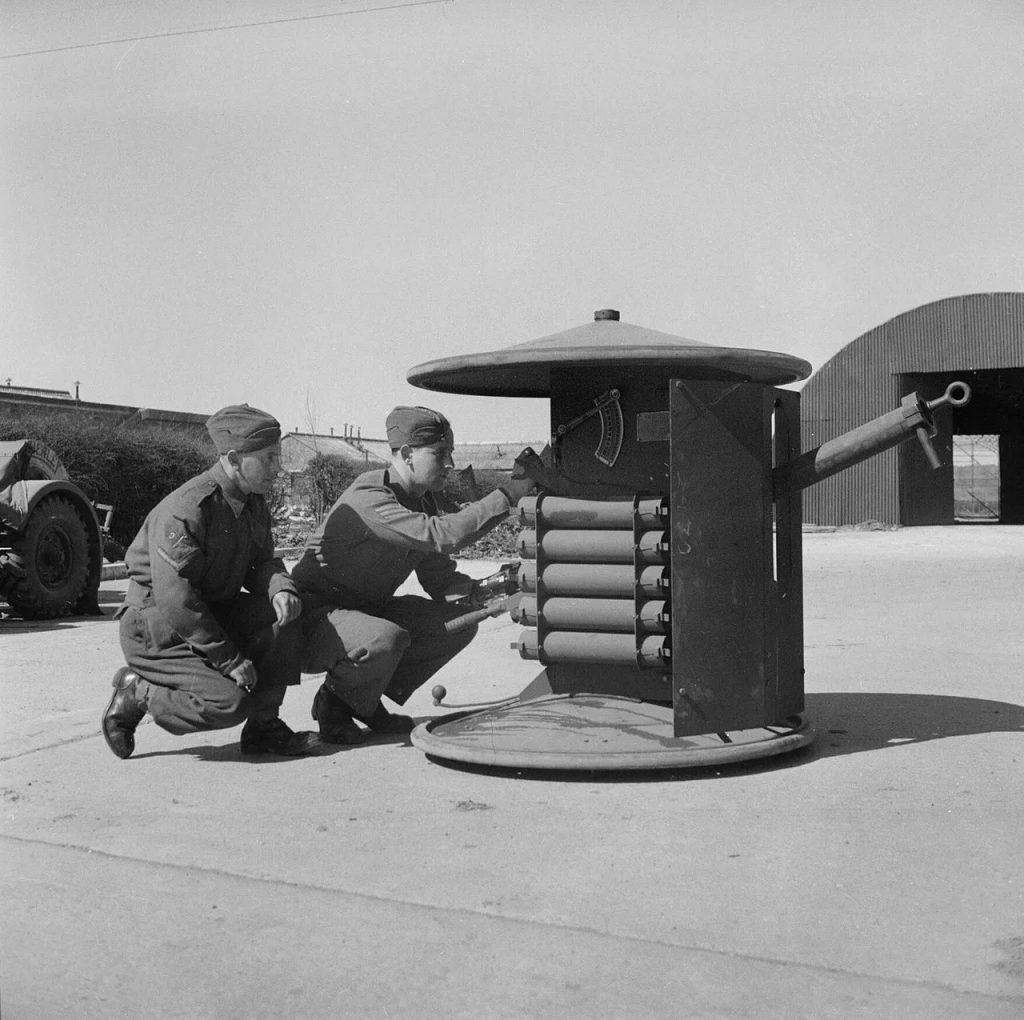
The Smith Gun
Sticky Bombs
The “Sticky Bomb” or No. 74 ST Grenade as it was officially known was an adhesive-coated explosive. It too was an anti-tank weapon but was perhaps even more hazardous for Home Guardsmen than either the Blacker Bombard or The Smith Gun.
The bomb consisted of a glass flask wrapped in a cotton sheath encased in a metal casing and coated with an adhesive which was then filled with high explosive. A “Mills Handle” type detonator was then affixed to it with the intention that it would be thrown at an advancing tank where it would stick to the armour plating and explode. However it could just as easily attach itself to the soldier throwing it with potentially fatal consequences!
Despite this, some 2.5 million were produced with some being used by the Regular Army.
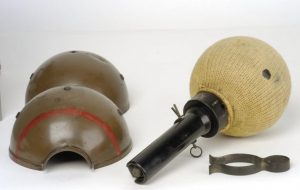
A Sticky Bomb
Northover Projector
Although “black powder” weapons had been obsolete for almost 100 years, it didn’t prevent an innovative LDV officer called Robert Northover from inventing a small field gun that used old-style “black powder” along with vintage musket percussion caps. This was one of the simplest Home Guard weapons devised. It consisted of an ordinary length of metal pipe, sealed at one end, and fitted onto a tripod. It had a three-man crew who would use it to fire cylindrical glass grenades loaded with highly volatile white phosphorous up to 130m. They were very cheap to manufacture and nearly 19,000 were made between 1940 and 1943. Like most of the other ad hoc weaponry mentioned here it could be dangerous to operate as the blast of the grenade could shatter the metal pipe (barrel) with predictable results!
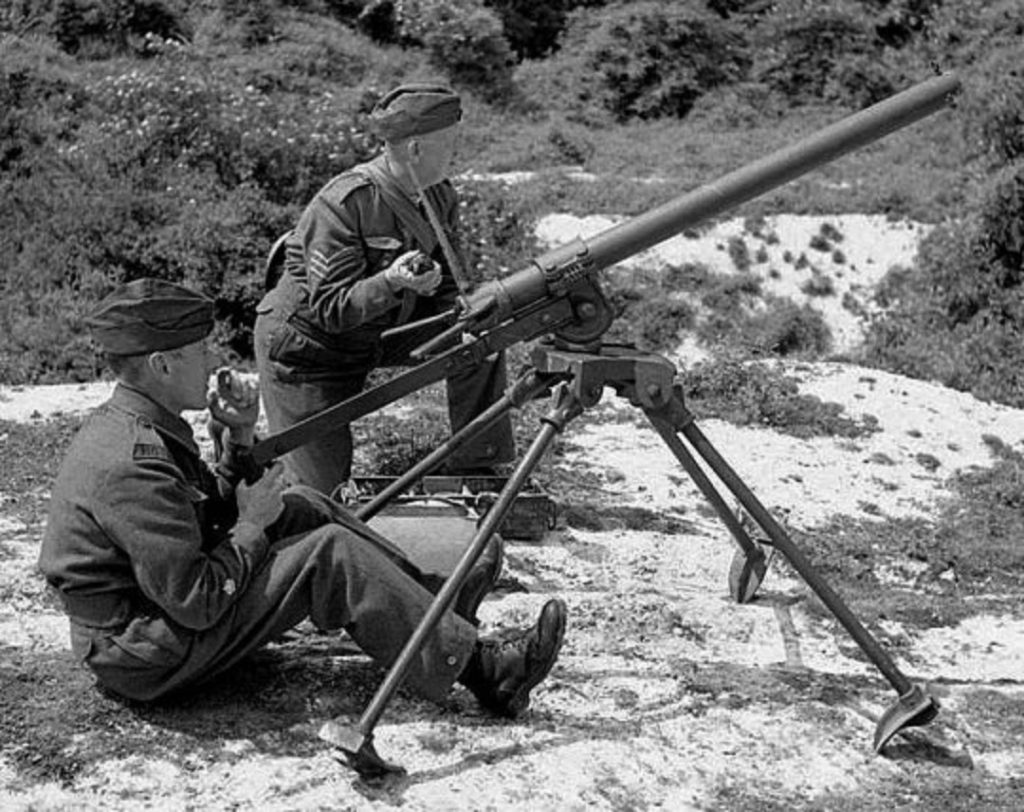
Northover Projector
And Finally…….
Perhaps the most bizarre armaments suggestion to come out of the War Office was the use of Medieval Pikes! After the evacuation of Dunkirk small arms were in very short supply and at the time of the formation of the LDV, up to 40%, over half-million volunteers, had to make do without rifles. So the government decided to requisition a quarter-million steel pikes. There was outrage when details of this proposal were revealed but the minister in charge of the War Office, Lord Henry Page Croft, attempted to defend this policy. It was then roundly condemned by everyone, especially the members of the Home Guard! The whole episode become known as “Croft’s Pikes” and as a result of the disquiet, the weapons were never issued.
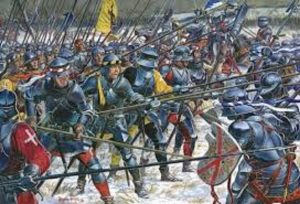
The Medieval Pike
The Evolution of the Home Guard
Despite this amateurish beginning, members of the Home Guard became the great volunteer unpaid army that was born from clerks, shopkeepers, farm workers, mechanics etc. who wouldn’t hurt a fly into crack troops who knew almost as much as the regular soldier.
They became proficient in:
- The use of the all the standard weaponry and becoming marksmen with a rifle.
- The use of the bayonet in hand to hand combat
- Throwing hand grenades safely and accurately
- The use and knowledge of all weapons including knowing the weight and characteristics of all grenades and bombs.
- Becoming guerrilla fighters with local knowledge of all strategic targets such as post, telegraph offices, railway and police stations.
- Camouflage techniques including disguising their positions from air observation.
- The detection and treatment of all types of gas.
- The destruction of the enemy including their tanks, ships and aircraft.
- Becoming proficient in erecting and manning road blocks.
- First aid techniques.
- Learning a smattering of German which might save lives.
Having become crack troops capable of defending the country against the might of the Wehrmacht they were then expected to continue to do their jobs as it was essential “War Work”. When they were “on duty” these crack troops were paid 1/6d (£0.75p) for a night shift and 1/- (£0.5p) for a day duty!
By “stand down” in 1944 they had acquired a formidable array of weaponry and were trained to the same professional standards as the Regular Army. As it happened, they were not called upon to fight in anger. However, if the U.K. had been invaded, there is little doubt that the Home Guard would have acquitted itself with the greatest of credit and bravery.
If there had been a military occupation of England by the Nazis, there is no doubt that very many of the Home Guard, right across the country, would have formed clandestine groups and carried out guerrilla warfare with enormous cost to both themselves and the German army.
And…………..no history of the Home Guard is complete without an acknowledgement to the heroes of “Dad’s Army”!
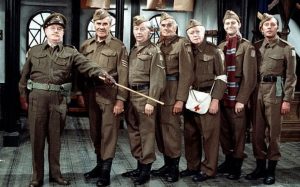
On completion of service in the Home Guard, each member was given a Certificate to record their service.
